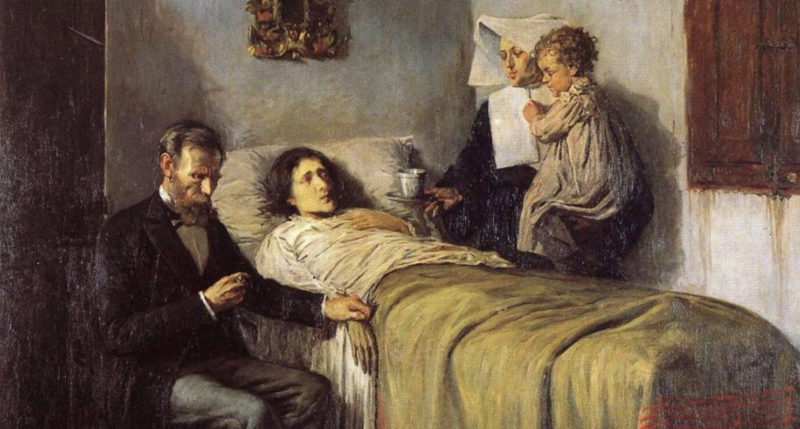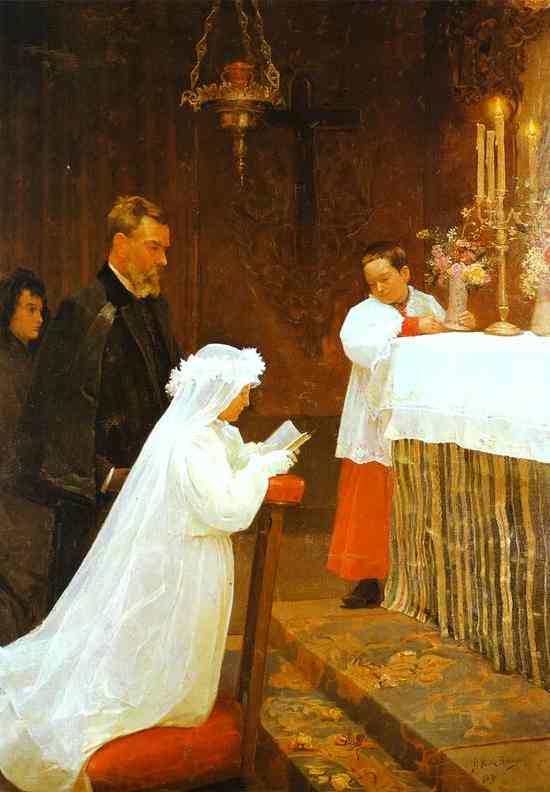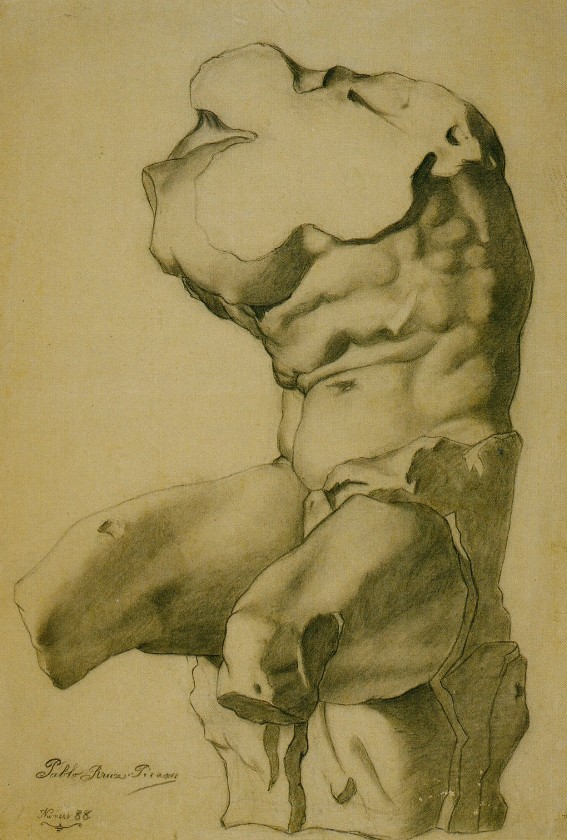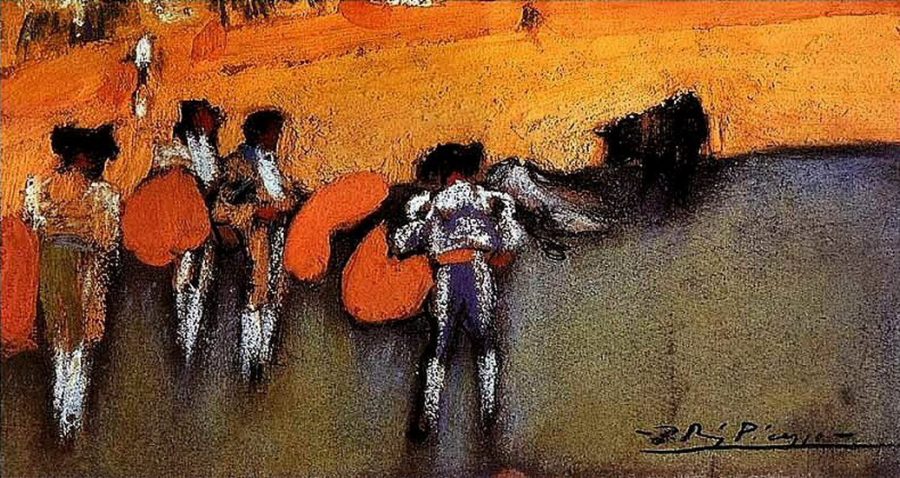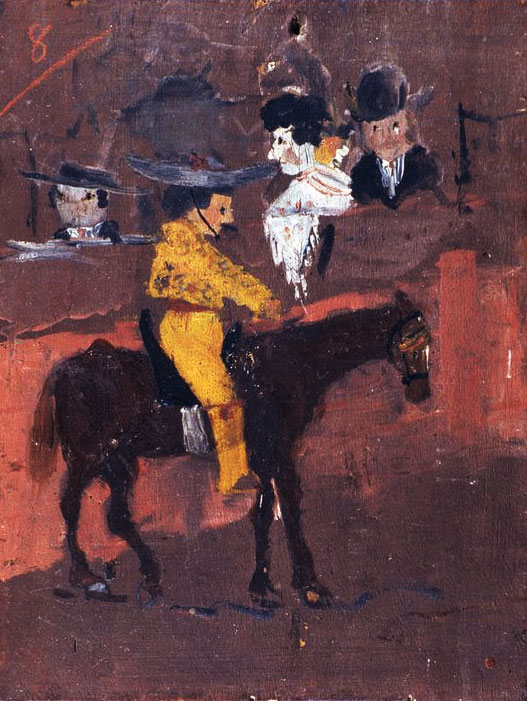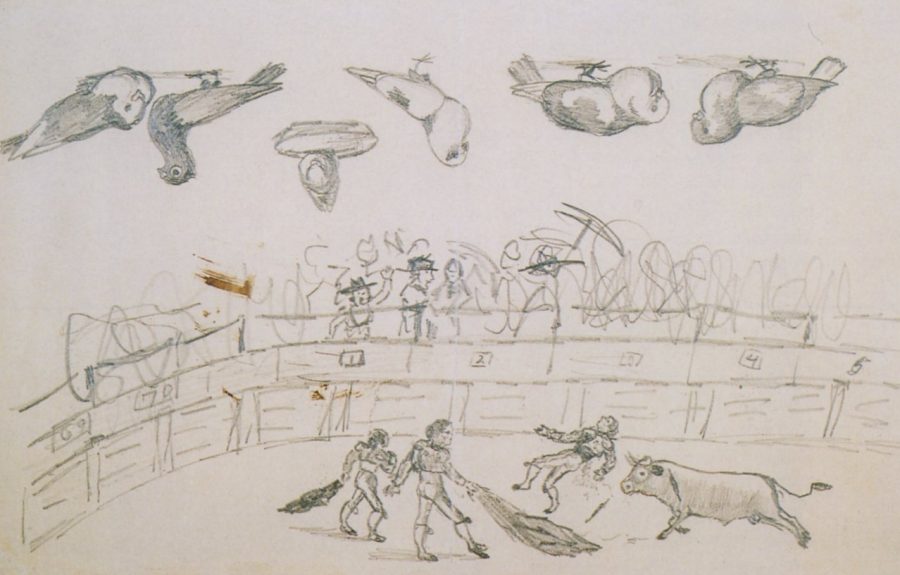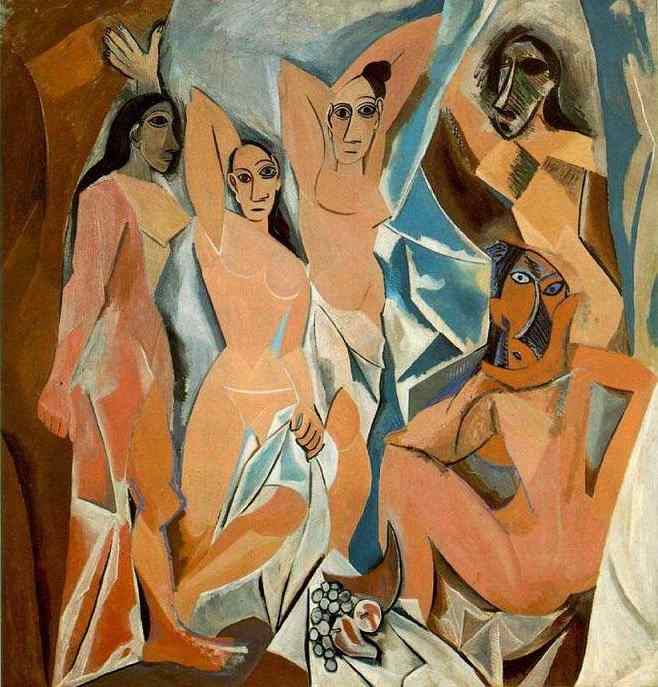[Most Recent Entries] [Calendar View]
Monday, June 2nd, 2025
| Time | Event |
| 9:00a | Pablo Picasso’s Childhood Paintings: Precocious Works Painted Between the Ages of 8 and 15
It’s hard to imagine from this historical distance how upsetting Pablo Picasso’s 1907 modernist painting Les Demoiselles d’Avignon was to Parisian society at its debut. On its 100th anniversary, Guardian critic Jonathan Jones described it as “the rift, the break that divides past and future.” The painting caused an uproar, even among the artist’s peers. It was a moment of culture shock, notes PBS. Its five nude figures, broken into proto-cubist planes and angles with faces painted like African masks, met “with almost unanimous shock, distaste, and outrage.”
Henri Matisse, himself often credited with ushering in modernist painting with his flattened fields of color, “is angered by the work, which he considers a hoax, an attempt to paint the fourth dimension.” Much of the outrage was purported to come from middle-class moral qualms about the painting’s subject, “the sexual freedom depicted in a brothel.” This is a little hard to believe. Nude women in brothels, “odalisques,” had long been a favorite subject of some of the most revered European painters. But where the women in these paintings always appear passive, if not submissive, Picasso’s nudes pose suggestively and meet the viewer’s gaze, actively unashamed.
What likely most disturbed those first viewers was the perceived violence done to tradition. While we cannot recover the tender sensibilities of early 20th-century Parisian critics, we can, I think, experience a similar kind of shock by looking at work Picasso had done ten years earlier, such as the 1896 First Communion, further up, and 1897 study Science and Charity at the top, conservative genre paintings in an academic style, beautifully rendered with exquisite skill by a then 15-year-old artist. See an earlier drawing, Study for a Torso, above, completed in 1892 when Picasso was only 11.
Given his incredible precocity, it may seem hardly any wonder that Picasso innovated scandalously new means of using line, color, and composition. He was a prodigious master of technique at an age when many artists are still years away from formal study. Where else could his restless talent go? He painted a favorite subject in 1900, in the loose, impressionist Bullfight, above, a return of sorts to his first oil painting, Picador, below, made when he was 8. Further down, see a drawing from the following year in his early development, “Bullfight and Pigeons.”
This piece, with its realistic-looking birds carefully drawn upside-down atop a loose sketch of a bullfight, appeared in a 2006 show at the Phillips Collection in Washington, DC featuring childhood artworks from Picasso and Paul Klee. Contrary, perhaps, to our expectations, curator Jonathan Fineberg remarks of this drawing that “9‑year-old Picasso’s confident, playful scribble” gives us more indication of his talent than the finely-drawn birds.
“It’s not just that Picasso could render well, because you could teach anybody to do that,” Fineberg says. Maybe not anybody, but the point stands—technique can be taught, creative vision cannot. “It’s not about skill. It’s about unique qualities of seeing. That’s what makes Picasso a better artist than Andrew Wyeth. Art is about a novel way of looking at the world.” You may prefer Wyeth, or think the downward comparison unfair, but there’s no denying Picasso had a very “novel way of seeing,” from his earliest sketches to his most revolutionary modernist masterpieces. See several more highly accomplished early works from Picasso here.
Note: An earlier version of this post appeared on our site in 2018. Related Content: 9‑Year-Old Edward Hopper Draws a Picture on the Back of His 3rd Grade Report Card The Gestapo Points to Guernica and Asks Picasso, “Did You Do This?;” Picasso Replies “No, You Did!” Josh Jones is a writer and musician based in Durham, NC. Follow him at @jdmagness |
| 9:00a | Wim Wenders’ New Short Film Reminds Europe of the Lessons of World War II World War II officially ended on September 2, 1945. It followed, by less than three weeks, an equally momentous event, at least in the eyes of cinephiles: the birth of Wim Wenders. Though soon to turn 80 years old, Wenders has remained both productive and capable of drawing great critical acclaim. Witness, for example, his Tokyo-set 2023 film Perfect Days, which made it to the running for both the Palme d’Or and a Best International Feature Film Academy Award. Back on V‑J Day, it surely would’ve been difficult to imagine a Japanese-German co-production seriously competing for the most prestigious prizes in cinema — even one directed by a known Americaphile. Wenders has long worked at revealing intersections of history and culture. Seen today, Wings of Desire seems for all the world to express the spirit about to be liberated by the fall of the Soviet Union, but by Wenders’ own admission, nobody working on the movie would have credited the idea of the Berlin Wall coming down any time in the foreseeable future. In his new short film “The Keys to Freedom,” he commemorates the 80th anniversary of the Second World War’s conclusion by paying a visit to a school in Reims. Commandeered for the secret all-night meeting in which German generals signed the documents confirming their country’s total surrender to the Allies, it hosted the end of what Wenders called “the darkest period in the history of Europe.” Closing up the temporary headquarters, Allied commander-in-chief Dwight D. Eisenhower returned its keys to the mayor of Reims, saying, “These are the keys to the freedom of the world.” As much as these words move Wenders, he also fears that, even as the Russia-Ukraine war roils on, younger generations of Europeans no longer grasp their meaning. Born into societies protected by the United States, they naturally take peace for granted. “We have to be aware of the fact that Uncle Sam isn’t doing our job for very much longer, and we might have to defend this freedom ourselves,” Wenders explains in a New York Times interview. The end of World War II marked the beginning of the so-called “American century.” If that century is well and truly drawing to its close, who better to observe it than Wenders? Related content: Wim Wenders Creates Ads to Sell Beer (Stella Artois), Pasta (Barilla), and More Beer (Carling) Filmmaker Wim Wenders Explains How Mobile Phones Have Killed Photography Based in Seoul, Colin Marshall writes and broadcasts on cities, language, and culture. His projects include the Substack newsletter Books on Cities and the book The Stateless City: a Walk through 21st-Century Los Angeles. Follow him on the social network formerly known as Twitter at @colinmarshall. |
| << Previous Day |
2025/06/02 [Calendar] |
Next Day >> |
